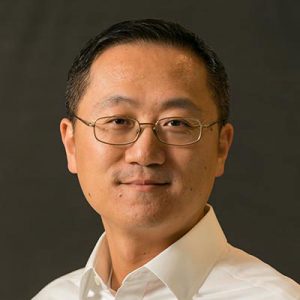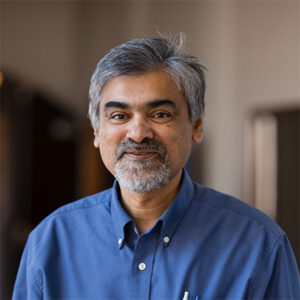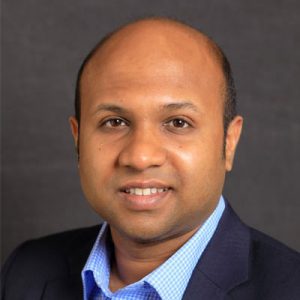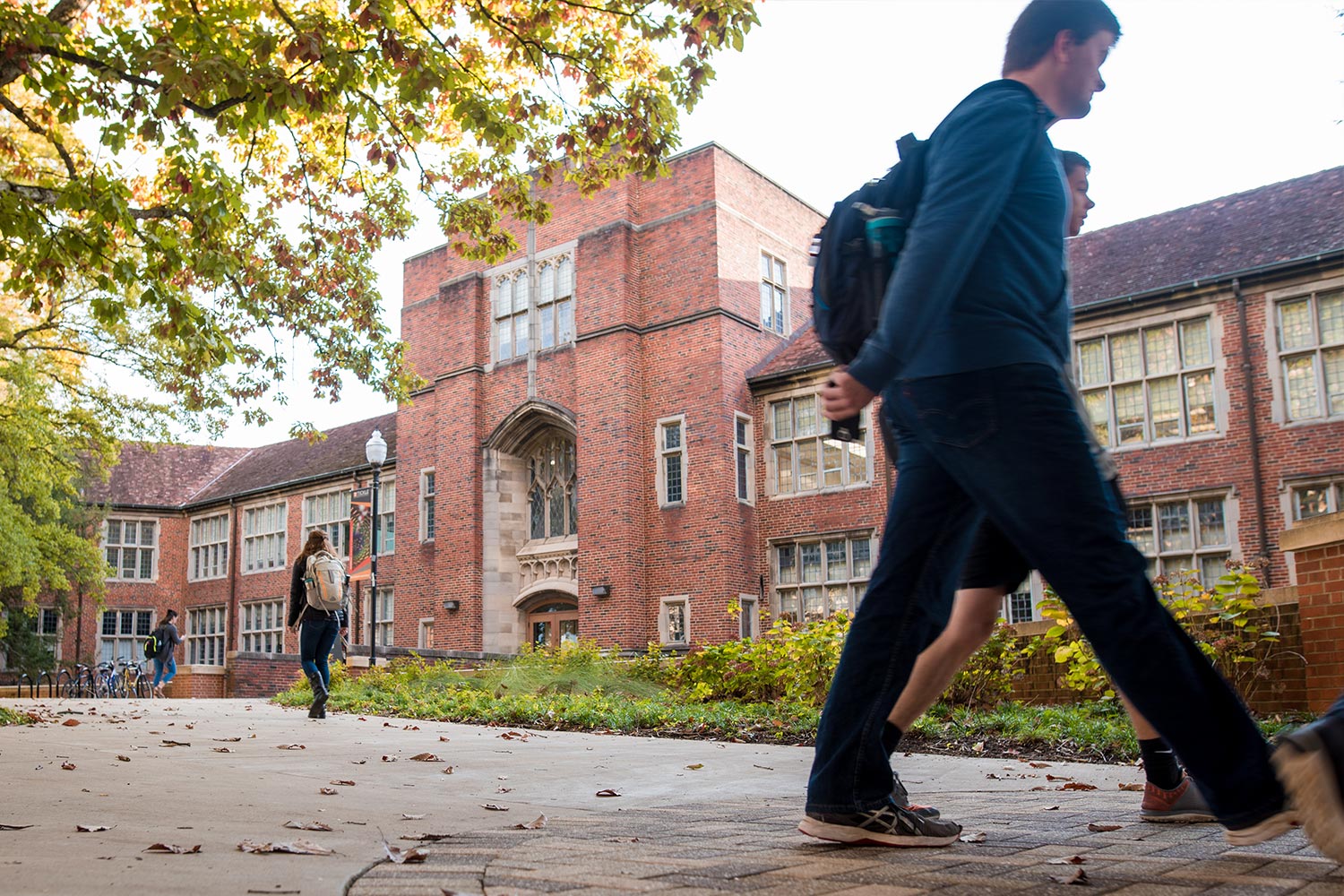TCE Faculty Honored for Technology Innovation
Faculty members from the Tickle College of Engineering don’t need to leave the college and join a start-up to see a technological innovation become a success in the marketplace. They have the resources, support, and funding opportunities to make it happen within the UT ecosystem.
Three TCE faculty entrepreneurs recently received validation for their attempts to turn intellectual curiosity into projects that have value to society. They were each selected as winners of the inaugural Chancellor’s Innovation Fund, which is aimed at bolstering East Tennessee’s entrepreneurship pipeline, and providing a pathway to commercialize technology for faculty. The faculty members each received $50,000 and the support they need to help commercialize their technology.
The Chancellor’s Innovation Fund, which is administered by the Office of Research, Innovation, and Economic Development, selected five total faculty members throughout the university to bestow the financial award. The three from TCE were:
- Uday Vaidya, UT-ORNL governor’s chair for advanced composites manufacturing, professor Department of Mechanical, Aerospace, and Biomedical Engineering
- Jian Huang, Min H. Kao Department of Electrical Engineering and Computer Science (EECS) professor
- Ahmedullah Aziz, EECS assistant professor
“This says that engineering is not necessarily only academic learning. We can apply what we learned into actual products that benefit society as a whole,” Vaidya said. “It makes our department much more valuable to be able to integrate education with innovation. Ideas will not stay on the shelf; they will get directly applied and benefit people. That is a huge statement.”
The award recipients were chosen through a rigorous process that included a pitch competition. Evaluations were based on their ability to address an unmet market need, the current state of technology, the proposed technology development plan, and the funding’s impact on commercialization.
“Translating the discoveries our faculty make into technology that works for people is one of the most visible ways we carry out our mission as a land-grant research university,” said UT Chancellor Donde Plowman. “I am proud of this initiative and the gaps it helps bridge. Without this kind of seed money, many high-tech ideas like these would never make it to the people who need them.”
Data Engine, Automated Visualization
Professor Jian Huang, Min H. Kao Department of Electrical Engineering and Computer Science, Tickle College of Engineering

Huang’s project is based on his research in the fields of visualization, big data, and cloud computing. He coined the term Visualization as a Service (VaaS), and his project aims to create intelligent VaaS to generate analysis and visualization apps for users, especially those working in organizations that need to use big data but can’t afford to hire their own data scientists.
Huang will use his award to boost the technological readiness level of intelligent VaaS—specifically, to turn research methods in a university lab into a prototype system that users can operate in business-critical settings.
Huang said that working in a research university has allowed him a unique kind of intellectual pursuit in both teaching and research. “Over the past 20 years at UT, I’ve been blessed with having great students. They are talented, passionate and daring,” he said. “Working with them has given me the energy and sustainability needed to make the kind of explorations that I’ve really enjoyed.”
Aligned Nonwoven Composites Using Carding Technology
UT-ORNL Governor’s Chair for Advanced Composites Manufacturing Uday Vaidya, researcher Pritesh Yeole and graduate research assistant Vinit Chaudhary, Department of Mechanical, Aerospace, and Biomedical Engineering

Vaidya is working with MABE researcher Pritesh Yeole and research assistant Vinit Chaudhary on a project that creates value-added material forms of carbon, glass, and natural fibers. The process can be compared to combing out a ball of tangled hair. By aligning the fibers in a specific direction, the fibers can be refurbished and repurposed rather than heading to the landfill as waste.
The aligned nonwoven composites can make secondary parts for a broad range of sectors, including automotive, mass transit industry groups, sporting goods, and architecture.
“It would basically expand the thinking of using materials in these applications,” Vaidya said. “There is a general tendency to use traditional materials, but this really opens a lot of options for designers, architects, and consumers to extend their thinking to start looking at sustainable materials, which would have an impact on the global economy and the greenhouse gas emissions. It has broad implications.”
The value-added materials have already been used in small applications like bike seats and motorcycle parts. The group plans to escalate the size, scale, and volume to use in different applications in the next few years.
“It is obviously very humbling to receive this award for our project and it means a lot because it comes from the Chancellor. There is a certain prestige associated with it,” Vaidya said. “It just goes to show UT really cares about investing in innovation and entrepreneurship.”
Reimagining Superconducting Logic Systems
Assistant Professor Ahmedullah Aziz, Min H. Kao Department of Electrical Engineering and Computer Science

Conventional semiconductor-based electronic systems will not be able to keep up with the power-performance targets of large data centers operated by Google, Facebook, Amazon, and others in the future. There is need to think of something radically different. With that in mind, Aziz’s project seeks to develop a new generation of superconducting processors that can revolutionize high-performance computing systems used in data centers. These processors can also cater to the needs of quantum computing systems and space electronics.
A superconductor is a type of material that conducts electricity with zero energy loss or resistance when cooled to a certain temperature.
According to the International Energy Agency, data centers that power all computers used about 1 to 1.3 percent of the world’s electricity in 2022. The proliferation of artificial intelligence (AI) servers is expected to greatly increase the electrical demands. A recent peer-reviewed analysis estimated AI servers could use between 85 to 134 terawatt hours (Twh) annually by 2027. That is comparable to what Argentina, the Netherlands, and Sweden each use in a year.
“These are extreme numbers and it’s heading in the direction where thinking outside the box is the only option,” Aziz said. “We are taking the first step out of the box with super conducting processors and this award will help us make the hardware to have something tangible that people can interact with and really draw more attention to it.”
Aziz appreciates the recognition his project received, especially because it’s not mainstream and can be difficult to explain to people. He is pleased people saw the value and marketability of the technology.
“It is amazing to see myself in this cohort of thought leaders and amazing scientists,” Aziz said. “The other recipients are amazing, and I am honored to be among them. It’s a special feeling of satisfaction.”
Contact
Rhiannon Potkey (865-974-0683, rpotkey@utk.edu)
